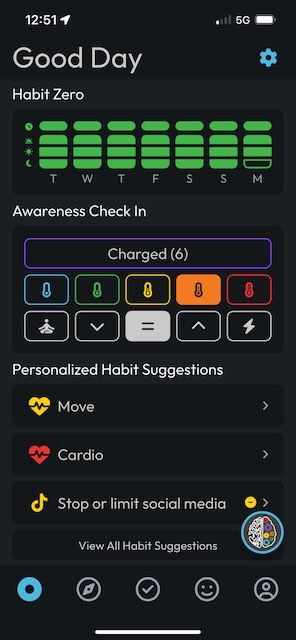
The Emotional Bank Account
I was first introduced to the emotional bank account when reading The 7 Habits of Highly Effective People by Stephen R. Covey.
We are all familiar with a financial bank account.
Making regular deposits into a savings account to build up a reserve from which we can withdraw when needed.
The emotional bank account is a metaphor for the amount of trust, the currency of relationships, that we’ve built up with others.
To make deposits into an Emotional Bank account with you, I can do this by listening, being respectful, sharing knowledge, and keeping my commitments.
As I continue to make deposits, your trust in me grows, and I can call on that trust many times if I need to.
I can even mess up and make a mistake, and when the trust balance is high, it will be easily forgiven.
When the trust reserve is high, communication is easy and effortless.
Stephen describes this as “the feeling of safeness you have with another human being.”
However, suppose I have the habit of being disrespectful, never listening to your input, failing to deliver on my commitments, and continuing to make demands. In that case, the Emotional Bank Account will become overdrawn.
When the trust level is low, communication is guarded, difficult, defensive, tense, and potentially hostile.
It’s like walking through a minefield, just waiting for something to blow up.
At work, it leads to micromanagement, bureaucracy, backstabbing, office politics, and an unhealthy work environment.
In families, it leads to strained relationships between parents and kids with lots of yelling, worrying, and suspicion.
And in marriages, it leads to hidden agendas, mistakes being remembered as weapons, and suppression of real issues, which will deteriorate into divorce.
Have you made enough deposits with the people around you?
Here’s how to improve the quality of your relationships in 3 simple steps.
- Step 1: Pick a meaningful relationship in your life
- Step 2: Each day, make a conscious choice to make a deposit to that person’s emotional bank account.
- Step 3: Repeat for 30 days and notice how the quality of the relationship changes over time.





